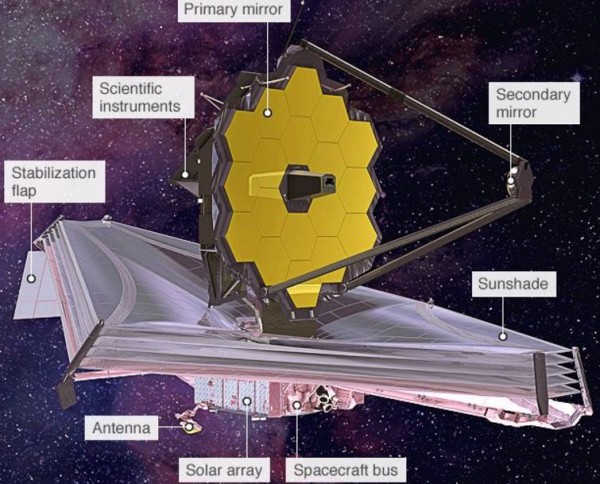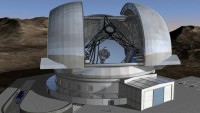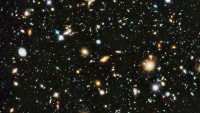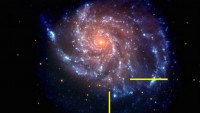James Webb Space Telescope will be Mankind’s Most Powerful Time Machine
| Arthur Dominic Villasanta | | Apr 28, 2016 08:12 AM EDT |
(Photo : NASA) James Webb Space Telescope (artist's concept)
The James Webb Space Telescope, the largest and most powerful telescope ever placed into orbit, will give scientists the ability to peer farther back in time than ever before while helping solve puzzling mysteries such as the existence of alien life.
The successor to the legendary Hubble Space Telescope, "Webb" (as the JWST is affectionately called), will be launched into space in October 2018 on an Ariane 5 rocket from French Guiana. It will operate near the Earth-Sun L2 (Lagrange) point, some 1.5 million kilometers beyond the Earth. It's expected to remain operational for at least five years with 10 years being the maximum.
Like Us on Facebook
In that time, the monster primary mirror of the JWST will allow scientists to look farther back into time, closer to the beginning of the Big Bang 13.7 billion years ago. In this aspect, JWST is a time machine capable of seeing way back to almost the beginning of everything.
Its massive mirror will be capable of detecting the light from the first stars to be born in the Universe and will discover much fainter objects. Scientists will use Webb to study every phase in the history of the Universe.
They expect JWST to become be the world's premier observatory for the next decade as it will be a tool used by thousands of astronomers worldwide. JWST was designed to observe in the infrared sine the most distant galaxies in the Universe can only be detected in this band.
"By studying those faint, distant galaxies, astronomers hope to understand when the first stars began to form and what the first galaxies were like," said ICRAR-Curtin University astrophysicist Dr Rob Soria. "Using the new scope, scientists can gauge how quickly the earliest galaxies formed, pulled together by gravity."
NASA engineers recently revealed the heart of the JWST: the massive primary mirror that's seven times bigger than Hubble's. The primary mirror is a 6.5 meter diameter, gold-coated beryllium reflector with a collecting area of 25 square meters.
Since the size of the mirror is far too large for existing launch vehicles, the mirror was designed as 18 hexagonal segments that will unfold after the telescope reaches orbit. The entire telescope will be four storeys tall.
©2015 Chinatopix All rights reserved. Do not reproduce without permission
EDITOR'S PICKS
-

Did the Trump administration just announce plans for a trade war with ‘hostile’ China and Russia?
-

US Senate passes Taiwan travel bill slammed by China
-

As Yan Sihong’s family grieves, here are other Chinese students who went missing abroad. Some have never been found
-

Beijing blasts Western critics who ‘smear China’ with the term sharp power
-

China Envoy Seeks to Defuse Tensions With U.S. as a Trade War Brews
-

Singapore's Deputy PM Provides Bitcoin Vote of Confidence Amid China's Blanket Bans
-

China warns investors over risks in overseas virtual currency trading
-

Chinese government most trustworthy: survey
-

Kashima Antlers On Course For Back-To-Back Titles
MOST POPULAR
LATEST NEWS
Zhou Yongkang: China's Former Security Chief Sentenced to Life in Prison

China's former Chief of the Ministry of Public Security, Zhou Yongkang, has been given a life sentence after he was found guilty of abusing his office, bribery and deliberately ... Full Article
TRENDING STORY

China Pork Prices Expected to Stabilize As The Supplies Recover

Elephone P9000 Smartphone is now on Sale on Amazon India

There's a Big Chance Cliffhangers Won't Still Be Resolved When Grey's Anatomy Season 13 Returns

Supreme Court Ruled on Samsung vs Apple Dispute for Patent Infringement

Microsoft Surface Pro 5 Rumors and Release Date: What is the Latest?













